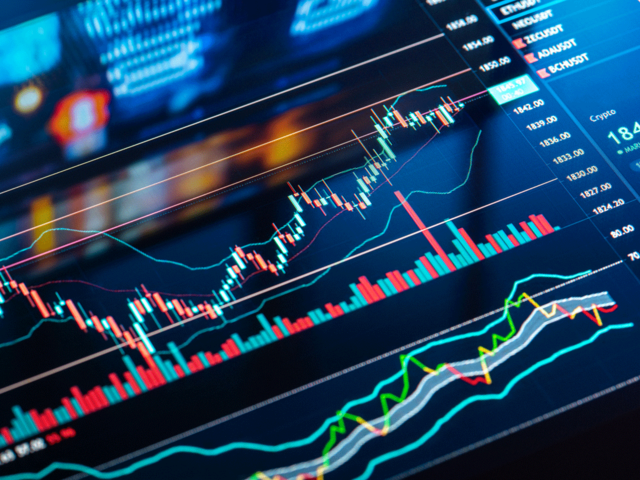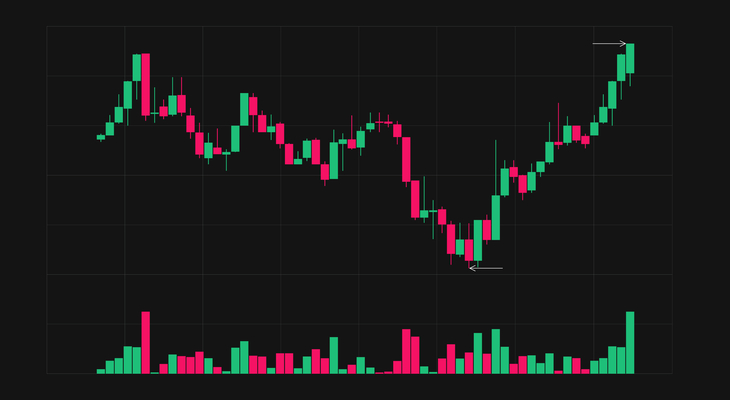From ancient times to the modern day, precious metals have been a shining symbol of freedom and wealth. Their value and use have evolved with the times, and today they offer investors an opportunity to diversify their portfolios and hedge against inflation.
In this article, we will explore the history, factors, and trends of precious metals trading, as well as the strategies that investors can use. We will uncover the shining world of precious metals trading, and empower investors to make informed trading decisions.
Key Takeaways
- Precious metals trading can be a viable alternative or complement to forex trading, offering opportunities for diversification and hedging.
- Gold and silver are valuable due to their scarcity and usefulness in various industries, such as jewelry making, technology, medicine, and manufacturing.
- Traders can speculate on the price of gold and silver using CFDs, futures contracts, or by investing in physical assets, ETFs, or mining stocks.
- Macroeconomic factors, technological advances, government policies, and global market trends play a significant role in influencing the prices of precious metals, making it essential to stay updated on these factors for trading opportunities.
Value and History
Precious metals have been used as currency and in jewelry making for thousands of years, and their value is due to their scarcity and usefulness.
Precious metal investments have been a hallmark of cultural significance for centuries, and have been used to hedge against inflation and political events.
Gold and silver are the two most traded precious metals, with gold being the most popular due to its traditional use in jewelry and its cultural symbolism as a store of value.
Silver has mostly been used for industrial applications, but its value has increased in recent years due to technological advances.
Gold and silver prices are heavily influenced by macroeconomic factors such as supply and demand, interest rates, and the US dollar.
Governments and central banks also have a significant impact on the price of precious metals, as seen in the Reserve Bank of Australia’s sale of its gold reserves before the 2008-2009 crisis.
Other countries such as the BRICS nations are also important players in the global market for precious metals.
Traders should watch these countries for trading opportunities, as there is potential for high returns in short-term and long-term investments.
Factors and Trends
Taking into account a variety of factors and trends, precious metals trading has become a hot commodity, particularly in the wake of the 2020 pandemic. Demand drivers such as population growth and currency devaluation have been major catalysts for increased precious metals trading. Technological advances in mining have also had a major impact, with China leading the way in reducing production costs through state-operated mining firms. The BRICS countries (Brazil, Russia, India, China, and South Africa) are also major players in the precious metals space.
The macroeconomic environment is a key influence on the price of precious metals, such as interest rates, US dollar, and inflation. Market volatility has been a major factor in precious metals trading, as investors look to protect their portfolios from economic downturns. Technological advances, such as those in recovering and recycling precious metals from electronics, could also lead to price fluctuations.
| Factors | Impact | ||
|---|---|---|---|
| Demand Drivers | Increased Precious Metals Trading | ||
| Technological Advances | Reduced Production Costs | ||
| Macroeconomic Environment | Impact on Precious Metals Price | ||
| Market Volatility | Protection from Economic Downturns | Increased Demand Can Lead to Price Fluctuations |
Trading Strategies
Investors can apply various trading strategies when trading in precious metals to capitalize on price fluctuations and protect their portfolios from economic downturns. These strategies include:
-
Utilizing trading indicators to identify opportunities for profit. Common indicators used in precious metals trading are moving averages, Fibonacci retracements, and Elliott Waves.
-
Implementing risk management techniques to limit losses and maximize gains. This includes setting stop-loss orders, limiting position sizes, and utilizing hedging techniques.
-
Utilizing fundamental and technical analyses to understand the factors influencing price. Fundamental analysis considers macroeconomic indicators such as GDP, inflation, and interest rates. Technical analysis focuses on chart patterns and price action.
By understanding the factors impacting prices and utilizing the right strategies, investors can effectively trade precious metals to achieve their financial goals.
Frequently Asked Questions
How do I choose a reliable broker for trading precious metals?
Choosing a reliable broker for trading precious metals requires careful consideration. Key points to look for in a broker include proper regulation, a wide range of trading instruments, and flexible trading platform.
Additionally, features such as copy trading, educational resources, and market analysis can be beneficial in helping traders find success. Hedging strategies and storage solutions should also be taken into consideration.
When looking for a broker, traders should make sure to read reviews, compare fees, and ensure the broker meets their individual needs and goals. Taking the time to find a broker who meets all these criteria can provide peace of mind when trading precious metals.
What are the most important macroeconomic factors impacting precious metal prices?
The most important macroeconomic factors impacting precious metal prices are inflation and currency fluctuations.
Inflation has a direct effect on the prices of gold and silver, as an increase in prices typically results in increased demand.
Currency fluctuations can also have a significant impact on the prices of precious metals, as a weakening currency against other major currencies makes gold and silver a more attractive asset.
Furthermore, devaluations of a country’s currency can lead to the sale of its gold reserves, further impacting prices.
Therefore, it is essential for investors to be aware of macroeconomic factors when trading in precious metals.
What is the gold-silver ratio and how can it be used as an indicator for traders?
The gold-silver ratio is an important indicator used by traders to evaluate speculative strategies and hedging tactics. It is calculated by dividing the current gold price with the current silver price.
The ratio can help traders to identify potential opportunities to buy or sell gold and silver. For example, if the ratio is higher than normal, it may indicate that silver is relatively undervalued compared to gold and could be a good time to buy silver. Conversely, if the ratio is lower than normal, it could be a good time to buy gold.
Knowing the gold-silver ratio is important for traders to make informed decisions, allowing them the freedom to pursue their desired trading strategies.
How do I get started with investing in gold and silver?
Investing in gold and silver requires careful consideration of risk management and market analysis. Before starting, traders should understand the various factors that influence the price of precious metals, such as supply and demand, macroeconomic events, and technological advancements.
In addition, traders should be aware of the different ways to invest in gold and silver, such as physical assets, ETFs, and mining stocks.
Furthermore, it is important to choose a reliable broker with a flexible trading platform and the necessary features for successful trading, such as copy trading, education resources, and market analysis.
With the right knowledge and preparation, traders can start investing in gold and silver with confidence.
How have technological advances in mining impacted the cost of precious metals?
A perfect coincidence of technological advancement in mining and safer investments has revolutionized the cost of precious metals.
Automated mining has led to an increase in production and lower operational costs, which has resulted in a reduction in the cost of precious metals.
Additionally, technological advancements have created a safer environment for miners, leading to increased investment in the industry.
As a result, the cost of precious metals is more accessible to a wider range of investors.
The impact of technological advances has been immense, making investments in precious metals more attractive than ever before.
Conclusion
Precious metal trading allows investors to diversify their portfolios and hedge against inflation. With an understanding of the value, history, and trends of precious metals trading, investors can access a wealth of trading opportunities.
Knowing the factors that affect the prices such as macroeconomic conditions, and the US dollar, and applying strategies such as copy trading, education resources, and market analysis, can help investors unlock the potential of trading in precious metals.
As the saying goes, “knowledge is power”, and with the right knowledge, investors can shine in this world of precious metal trading.











